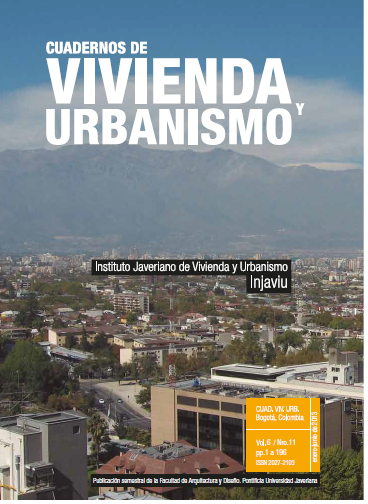Resumen
En Brasil, la politización de las intervenciones en los centros urbanos se ve urgente, ya que son numerosas las dificultades en el desarrollo de una política urbana que tenga como premisa el uso socialmente justo del territorio. Basado en una reflexión y revisión de la literatura sobre la producción de espacio urbano en Curitiba, este artículo aborda el tema del proceso histórico de exclusión socio-espacial en la "ciudad modelo", revigorizado por la inversión pública y la legislación del uso del suelo, sin la aplicación de los instrumentos administrativos y fiscales del Estatuto da Cidade (Ley Federal 10.257 de 2001). El tema de la vivienda no está mencionado en el discurso que legitima la idea de Curitiba como un "modelo"; como resultado se puede suponer que la producción de viviendas alejadas de la zona céntrica y la conservación de propiedades subutilizadas a la especulación son estratégicos para la preservación de la "tarjeta postal" de Curitiba.
Esta revista científica se encuentra registrada bajo la licencia Creative Commons Reconocimiento 4.0 Internacional. Por lo tanto, esta obra se puede reproducir, distribuir y comunicar públicamente en formato digital, siempre que se reconozca el nombre de los autores y a la Pontificia Universidad Javeriana. Se permite citar, adaptar, transformar, autoarchivar, republicar y crear a partir del material, para cualquier finalidad (incluso comercial), siempre que se reconozca adecuadamente la autoría, se proporcione un enlace a la obra original y se indique si se han realizado cambios. La Pontificia Universidad Javeriana no retiene los derechos sobre las obras publicadas y los contenidos son responsabilidad exclusiva de los autores, quienes conservan sus derechos morales, intelectuales, de privacidad y publicidad.
El aval sobre la intervención de la obra (revisión, corrección de estilo, traducción, diagramación) y su posterior divulgación se otorga mediante una licencia de uso y no a través de una cesión de derechos, lo que representa que la revista y la Pontificia Universidad Javeriana se eximen de cualquier responsabilidad que se pueda derivar de una mala práctica ética por parte de los autores. En consecuencia de la protección brindada por la licencia de uso, la revista no se encuentra en la obligación de publicar retractaciones o modificar la información ya publicada, a no ser que la errata surja del proceso de gestión editorial. La publicación de contenidos en esta revista no representa regalías para los contribuyentes.


